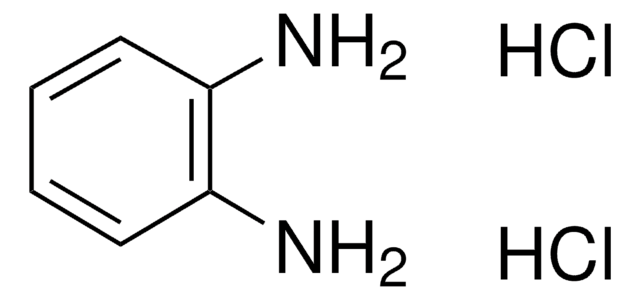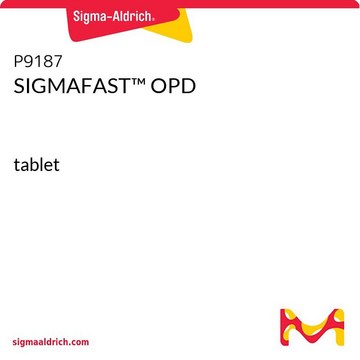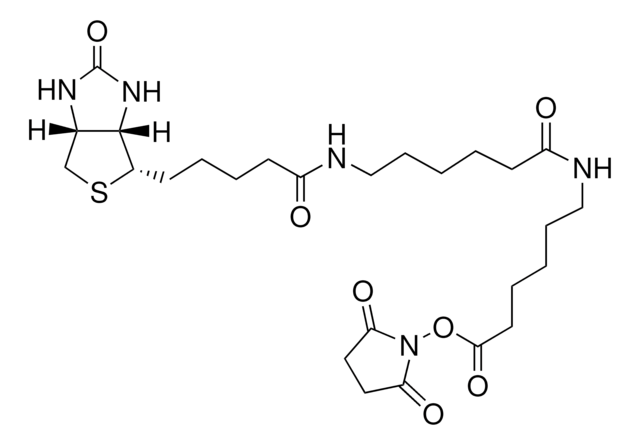S8875
Sodium bicarbonate
ReagentPlus®, ≥99.5%, powder
Synonym(s):
Sodium hydrogen carbonate
About This Item
Recommended Products
Agency
suitable for EPA 300
Quality Level
product line
ReagentPlus®
Assay
≥99.5%
form
powder
pKa (25 °C)
(1) 6.37, (2) 10.25 (carbonic acid)
density
2.16 g/mL at 25 °C (lit.)
SMILES string
[Na+].OC([O-])=O
InChI
1S/CH2O3.Na/c2-1(3)4;/h(H2,2,3,4);/q;+1/p-1
InChI key
UIIMBOGNXHQVGW-UHFFFAOYSA-M
Looking for similar products? Visit Product Comparison Guide
General description
Application
- To synthesize nitriles from the corresponding aldehydes and hydroxylamine hydrochloride in the presence of sodium sulfate as a co-catalyst.
- To prepare coumarin derivatives via intramolecular Wittig reaction of substituted 2-formylphenyl 2-bromoacetates.
- In the acetylation of primary alcohols and phenols by reacting with acetic anhydride.
Legal Information
Storage Class Code
13 - Non Combustible Solids
WGK
WGK 1
Flash Point(F)
Not applicable
Flash Point(C)
Not applicable
Choose from one of the most recent versions:
Already Own This Product?
Find documentation for the products that you have recently purchased in the Document Library.
Customers Also Viewed
Protocols
This procedure may be used for the determination of Amyloglucosidase activity using starch as the substrate.
This procedure may be used for all Phosphoglucomutase products except for Phosphoglucomutase, Catalog Number P4109.
This procedure may be used for all Ficin products.
This procedure may be used for all Ficin products.
Our team of scientists has experience in all areas of research including Life Science, Material Science, Chemical Synthesis, Chromatography, Analytical and many others.
Contact Technical Service




